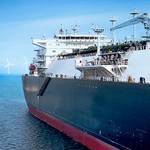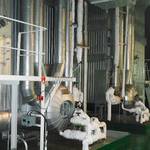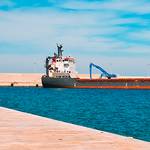Posted to Maritime Reporter
(
by
DNV GL )
on
October 1, 2020
Shipping’s main challenge over the current decade is to prepare for and start on a decarbonization pathway. Alternative carbon-neutral fuels are essential for achieving International Maritime Organization (IMO) greenhouse gas (GHG) emissions reduction goals in 2050, and the only practical way for shipping to achieve the ultimate vision of full decarbonization as soon as possible before 2100.

Posted to Maritime Reporter
(
by
DNV GL )
on
January 7, 2020
Increasingly advanced and integrated vessel systems offer great benefits to shipowners and operators. Key maritime stakeholders have found a way to ensure these systems can be tested before being installed.

Posted to Maritime Reporter
(
by
DNV GL )
on
November 27, 2019
A new GHG Pathway Model from the latest Maritime Forecast to 2050 report can help the maritime industry to assess and prepare for the effects of regulatory and technological change in reducing world fleet greenhouse gas emissions.

Posted to Maritime White Paper
(
by
DNV GL )
on
September 5, 2019
Zero avoidable in-service boiler defects after the first five-year class period: The DNV GL class notation BMON, first introduced in 2012, provides shipowners with a reliable means to avoid deficiencies and costly downtime.It all boils down…

Posted to Maritime Reporter
(
by
DNV GL )
on
May 28, 2019
The DNV GL class notation QUIET, to be launched on 1 July 2019, addresses the external noise emitted from a vessel that is either berthed in port, idle or in working condition. Ensuring the practicality of measurements is a priority for DNV GL.











